I’m quite a fan of the Musée du Quai Branly in Paris. No matter what they are showing i will go and discover something exciting. Such as the Kachina/katsina dolls which are part of The Making of Images, an anthropology exhibition that deciphers large artistic and material productions of humanity to reveal what is not seen directly in an image.
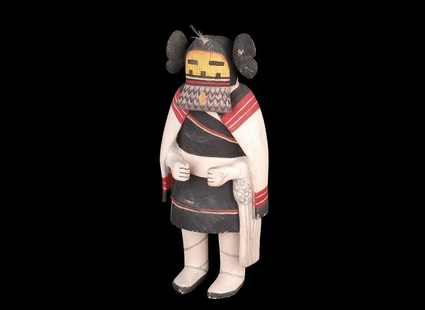 Photo musée du Quai Branly
Photo musée du Quai Branly
The wooden dolls exhibited in Paris have been carved by members of the Hopis, Native Americans who live in Arizona. The dolls, called tihu, are given to children to acquaint them with some of the many katsinam (plural form of katsina). Katsinam are spirits that act as intermediaries between the Hopis and the deities. There are some 400 katsinam, each of them different, each of them representing a being or a quality in the cosmos: animals, plants, locations, meteors, stars, natural phenomenon, social functions, behaviours, etc.
Each year, from the end of December till the end of July, they take up residence in the hopis villages, investing the body of masked and costumed dancers.
Here are some fairly poor pictures i took at the exhibition:
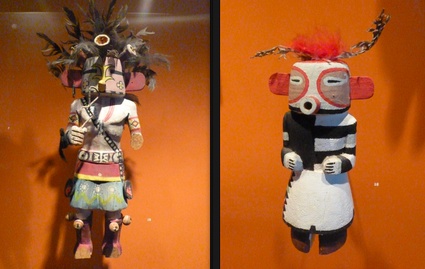
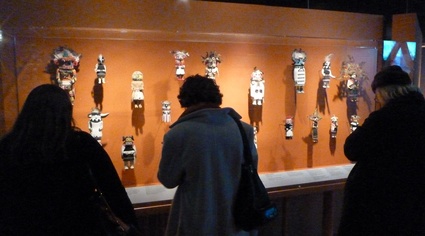
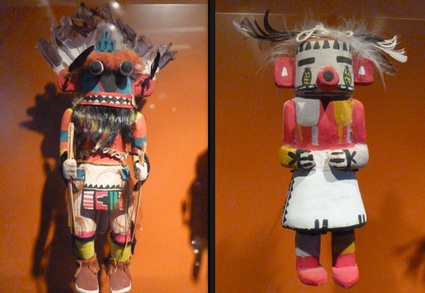
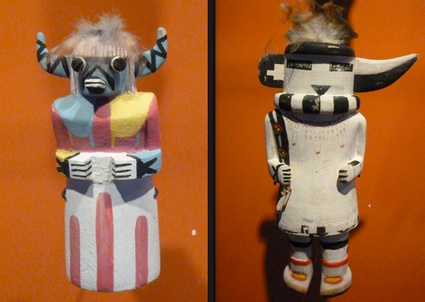 The Making of Images runs until July 16th. It’s an extraordinarily fascinating exhibition. If the dolls carved by the Hopis didn’t quite convince you, how about this stunning sculpture:
The Making of Images runs until July 16th. It’s an extraordinarily fascinating exhibition. If the dolls carved by the Hopis didn’t quite convince you, how about this stunning sculpture:
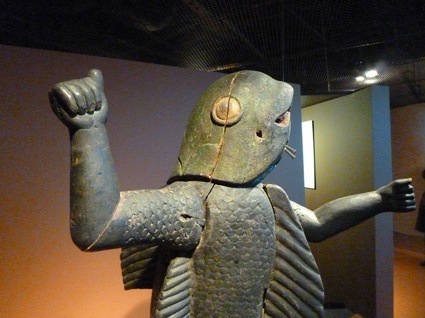
This statue of a man with the head and torso of a shark, represents Béhanzin, the last king of Dahomey (Benin).
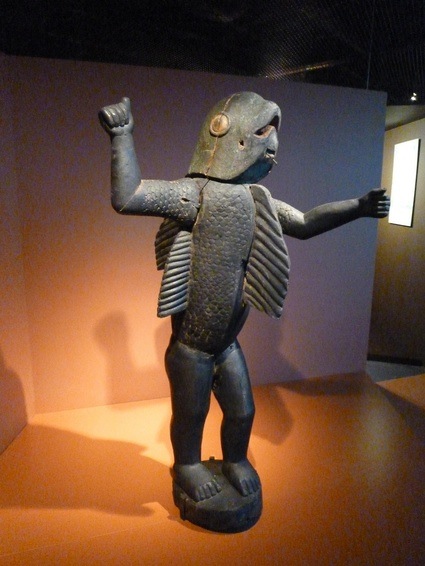
The King’s coat of arms featured a shark, in remembrance of the words he pronounced when announcing his intention to fight the French fleet which was stationing at Cotonou: “The daring shark has disrupted the helm” (“gbo ouele fandan agbedui brou”).
The statue was made by artist Sossa Dede, between 1889 and 1893. Height: 1.6m.
Related: Tarzan, the Leopard Men and the Musée du Quai Branly in Paris.
